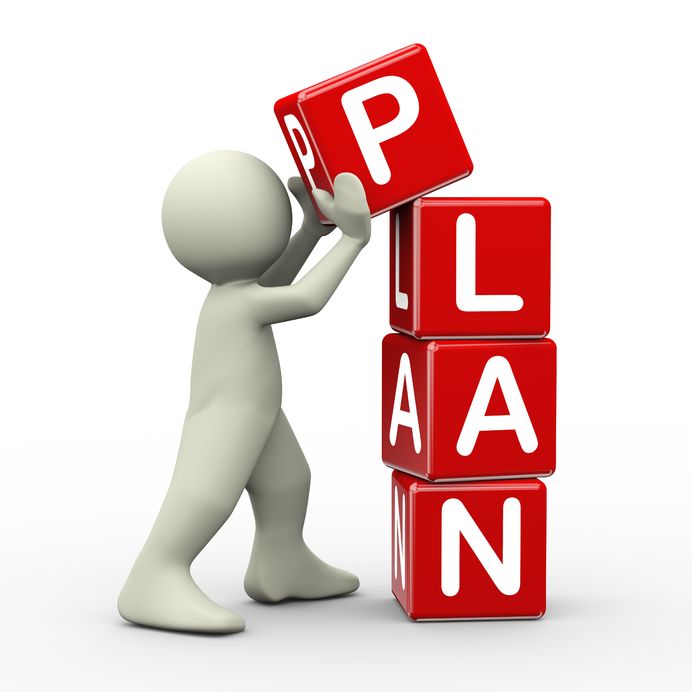Collision Action Plan (CAP): Why You Should Have One
Having a collision action plan can help you deal with the aftermath of a car accident if one occurs. This article explains why. No one wakes up in the morning and says “I think I’ll have a car accident today,” and yet, it happens. The National Highway Traffic Safety Administration (NHTSA) reports the number of daily motor vehicle accidents in the US at around 17,500. The drivers who walk away from these crashes are often confused and traumatized. In a previous blog, we discussed ways to avoid a collision, but the truth is, none of these tips are foolproof. If you drive (or ride in) a vehicle, there is always a chance you will be involved in a crash.
Creating Your Collision Action Plan:
There are no rules for creating this plan as every person’s guide will be unique. However, there are some general things that you can include in your collision action plan that will make an accident a lot easier to manage.


#1 Important Names & Numbers
First, add all important contact information to the top of the plan. This includes:
- Your name, address, phone number, and email
- The same information for your insurance company, preferred auto body shop, towing company, doctor’s office, and an emergency contact.
It might seem like a pain to have to gather this information, but in the case of an accident, you’ll be so thankful that you did. Having the info on hand will save you valuable time. It will also make dealing with a car accident a lot less of a headache.
#2 Make a List of What to Do
Some people can remain level-headed after being involved in a crash. However, most of us would be a chaotic mess. Underneath the ‘important info’ section of your collision action plan, write out a short, step-by-step list of what to do right after a crash. You can find some detailed info on ‘what to do after a crash’ here. In general, you should:
- Make sure you and all passengers are safe. Safety should be the main focus after a crash. Everything else can wait.
- Exchange info with any other drivers. This includes name, address, phone number, insurance company, and policy number. You should also ask for their driver’s license number and jot down the license plate number on each vehicle involved. If you’re uncomfortable with exchanging info, let the police handle this part.
- Take pictures of the damage. Documenting the loss is important. It will help you later on. Don’t depend on the police or another driver to take photos for you. Do this yourself.
- Call the police/file an accident report. Do not avoid this step. It is essential to make a record of the collision, regardless of who was at fault.
- Contact your insurance company. This is one of the most dreaded parts of the collision action plan, but you can not skip it. Make your insurance company aware of the collision. You also need to find out important info. Including what all is covered by your policy and the amount of your deductible to make the repairs.
- Contact a trusted repair shop. Last, but not least, you’ll want to contact a reliable body shop about your vehicle. Googling ‘body shops’ in a frantic state as your car is about to be towed away will only add to your panic. This is why it is so important to select a repair shop and list contact info in your CAP before you’re involved in an accident. Otherwise, you’ll end up in a situation where you’re relying on the word of your insurance company or someone else.
#3 Print Your Plan
The final step is to print several copies of your plan. Then place one in your glovebox and one in your trunk.
Hopefully, you’ll never have to use it. But if you are involved in an accident, please reach out to Orlando Auto Body at 480-485-4653. We’d be happy to walk you through the steps of having your vehicle repaired and getting you back on the road.

